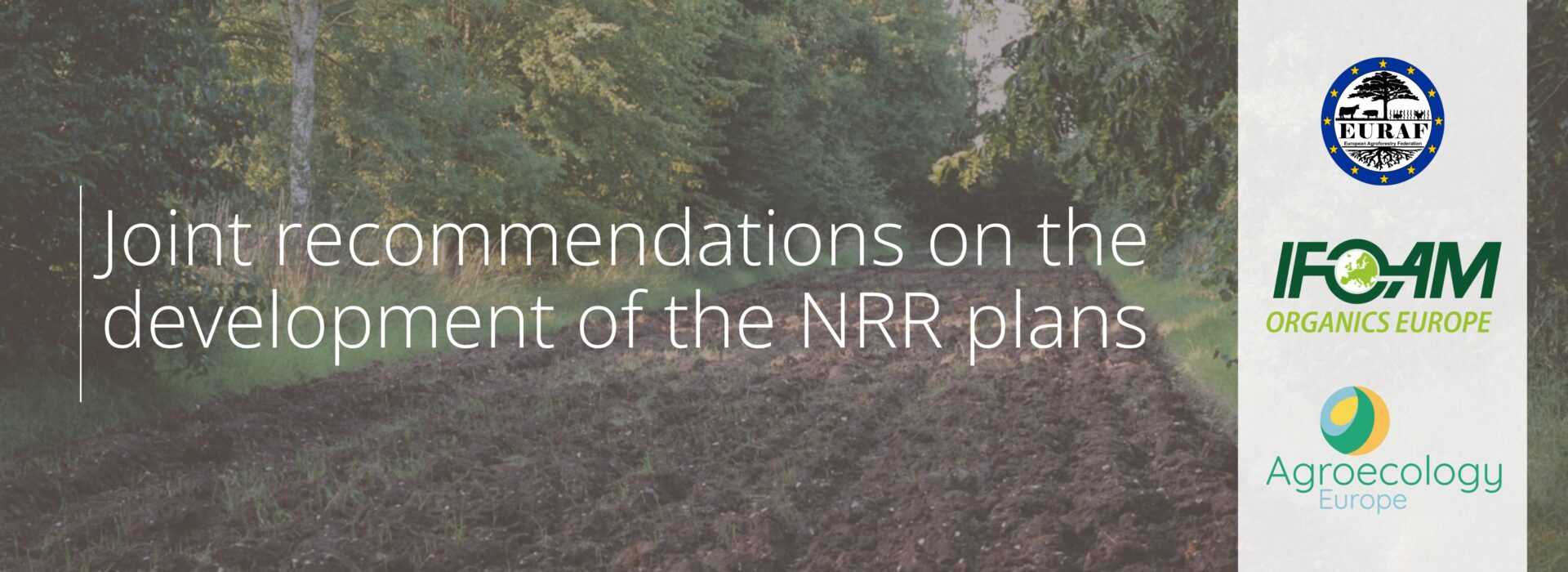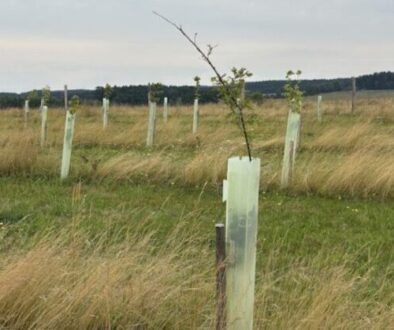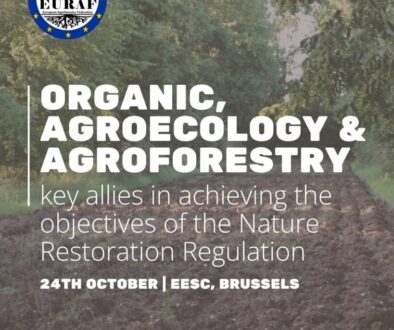
19.11.2025, Brussels
Following the landmark entry into force of the Nature Restoration Regulation (NRR) in August 2024, European Union Member States are now entering the critical implementation phase. This next step mandates the development of National Nature Restoration Plans (NNRPs), with the first drafts due for submission in summer 2026.
Intense national-level discussions are already underway. Stakeholders across the farming, forestry, and nature conservation sectors are actively working to devise concrete strategies and roadmaps to meet the ambitious objectives of this pivotal legislation.
This comprehensive set of recommendations directly addresses policymakers developing the NNRPs, offering a crucial resource at this preparatory stage. They were systematically compiled and prepared subsequent to the high-level event, ‘Organic, agroecology and agroforestry: key allies in achieving the objectives of the Nature Restoration Regulation’. This event brought together diverse stakeholders for a critical discussion on the future of EU nature policy and the vital role sustainable land use practices must play.
The recommendations were commonly prepared and officially endorsed by EURAF, IFOAM Organics Europe, and Agroecology Europe. A full version of these recommendations has been sent to all Permanent Representations in Brussels for their integration into the ongoing policy dialogue.
Recommendations to the EU Member States authorities:
1) Explicitly recognise the key contribution of organic, agroecological farming, and agroforestry practices among the measures to restore and increase the resilience of agricultural ecosystems in the context of the Nature Restoration Regulation (NRR). Specifically, their role in contributing to the NRR objectives of rehabilitating pollinators, butterflies and biodiversity in general;
2) Harmonise metrics of already existing legislation (e.g. CAP) with the NRR metrics, such as the definition of ‘landscape features’;
3) Highlight the relevance of increased farming independence from external inputs in ensuring both high environmental standards and competitive farms across the different biogeographic regions of Europe;
4) Adopt a landscape-level approach that leverages the role of [high-diversity] landscape features—such as agroforestry systems, hedgerows, and buffer strips—in enhancing the health of both agricultural and forest land. Such an approach is crucial for building natural resistance against pests and pathogens by supporting natural enemy populations and improving ecological connectivity across landscapes.
5) Increasing data interoperability (relying on parcel-level information) in view of ensuring coherence across policy objectives while further encouraging the transition towards organic farming and agroecological production systems.
6) Ensure that the transition payments as part of the post-2027 CAP prioritise organic farming, practices based on agroecology and agroforestry to contribute to the provision of public goods, essential for nature protection and restoration in EU agricultural ecosystems (particularly by avoiding the use of synthetic pesticides through integrated pest management, establishment/ management of landscape features, crop rotation, buffer strips, etc.) and towards the objectives of the Nature Restoration Regulation (NRR).


